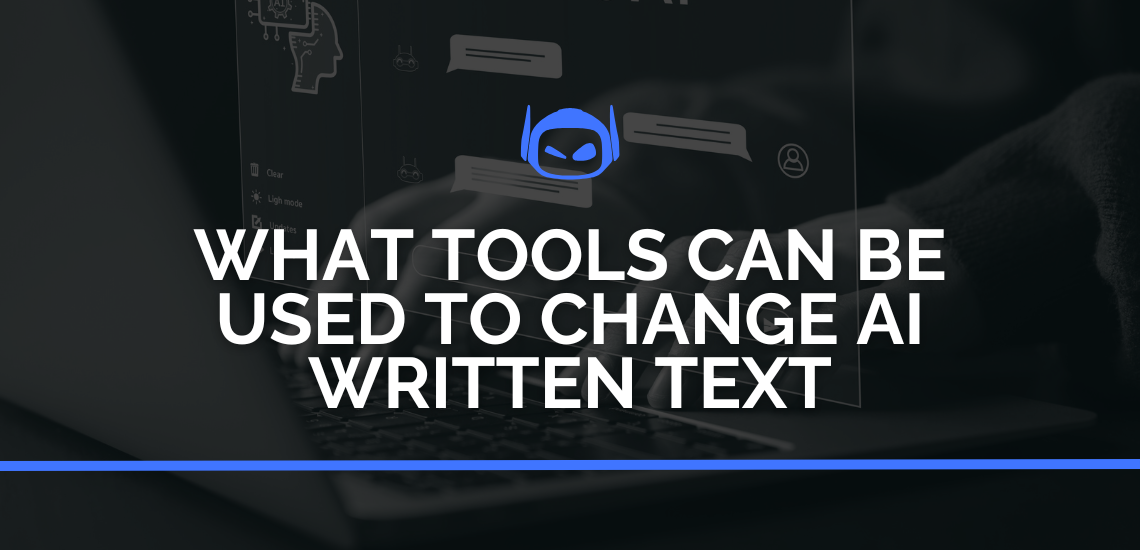
General Guide About Content and Writing
In some instances, your AI content generation tools may not...
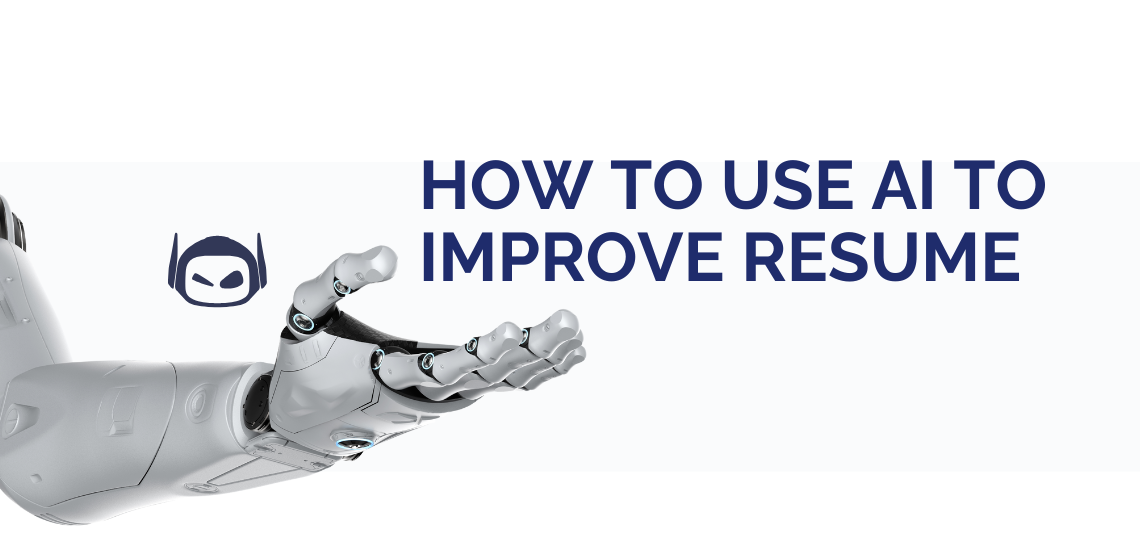
Job hunting and beginning the search for a new career...

The topic of SEO content and AI has appeared in...
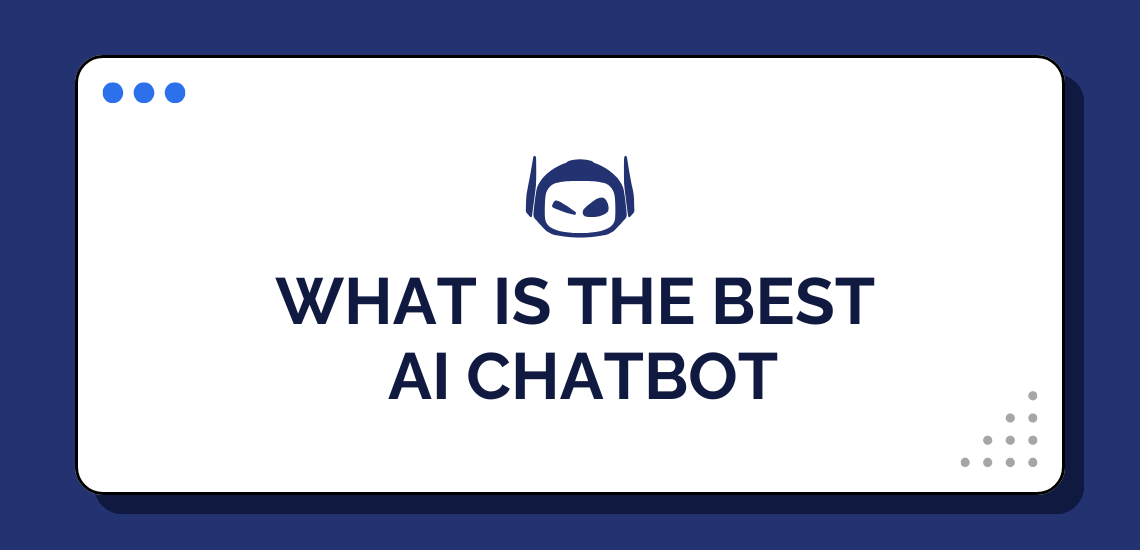
Chatbot technology has come a long way in just a...

General Guide About Content and Writing
Are you facing writer’s block or need help coming up...
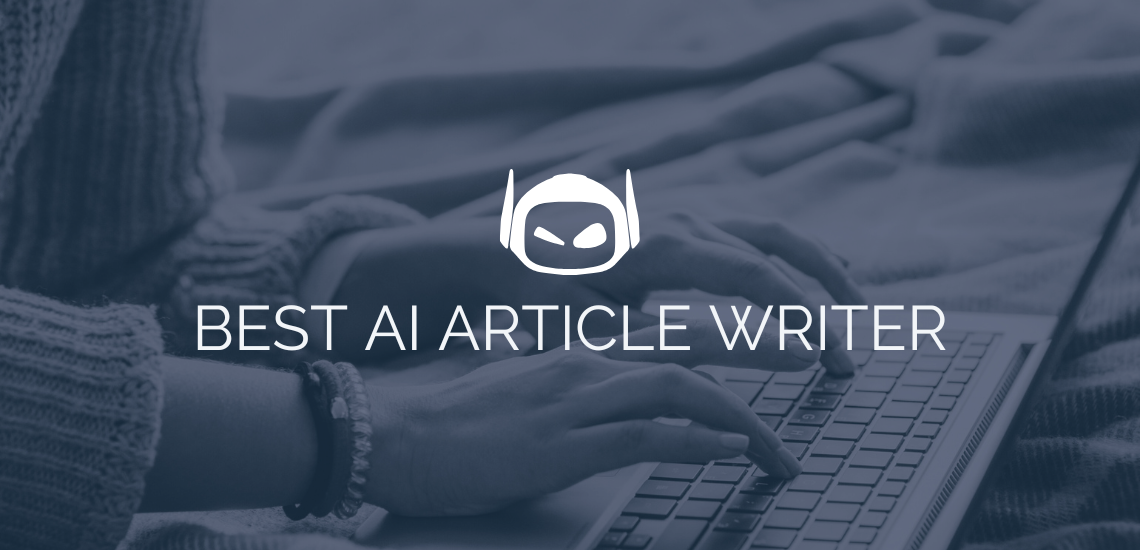
Do you need help coming up with the best articles...

Executing a GPT-4 SEO content marketing campaign can skyrocket your...
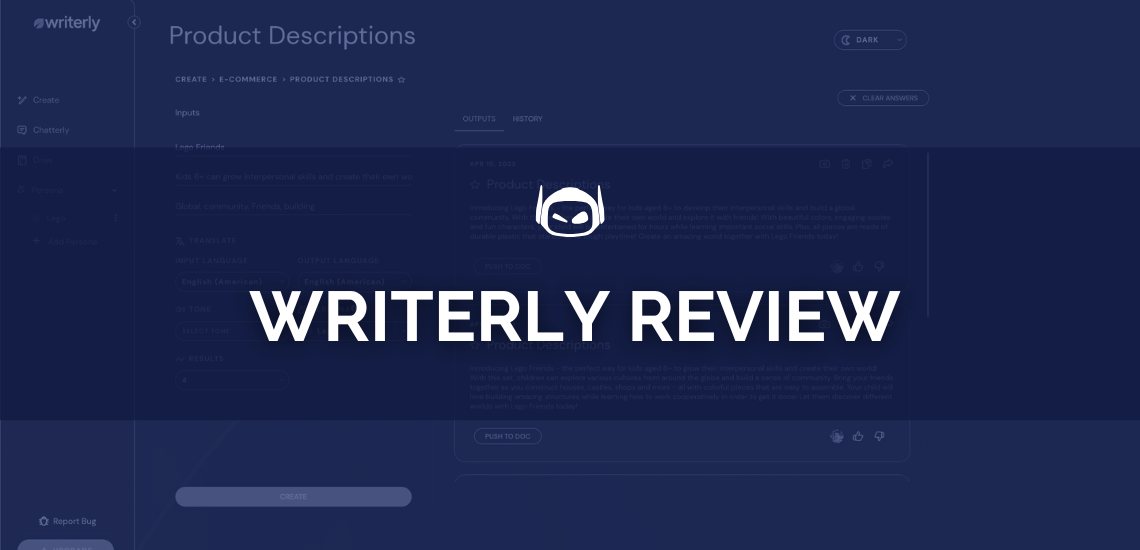
General Guide About Content and Writing
When it comes to writing compelling content there might be...
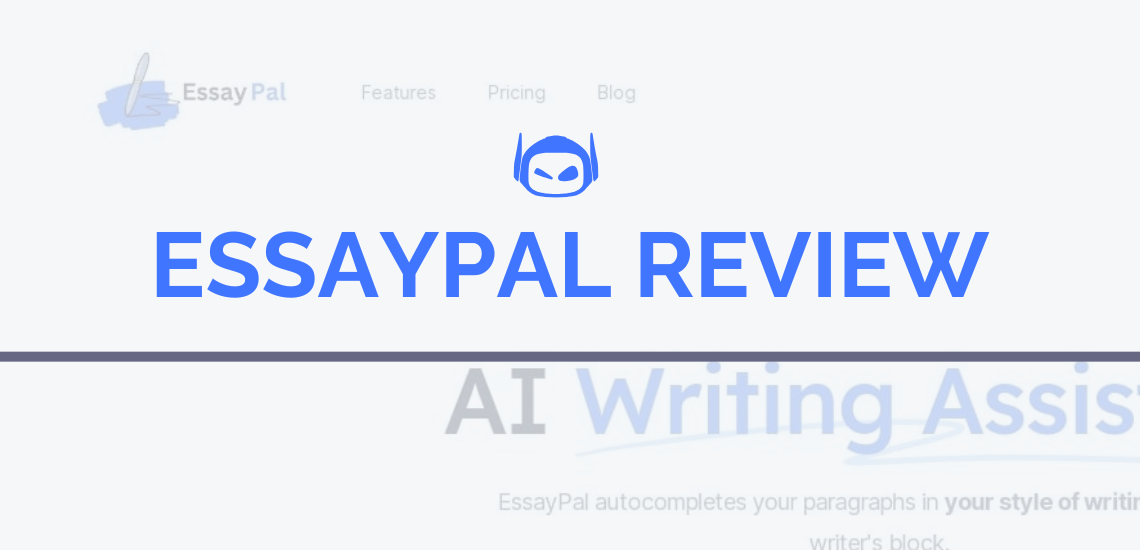
General Guide About Content and Writing
Sometimes you might feel your academic writing needs a little...